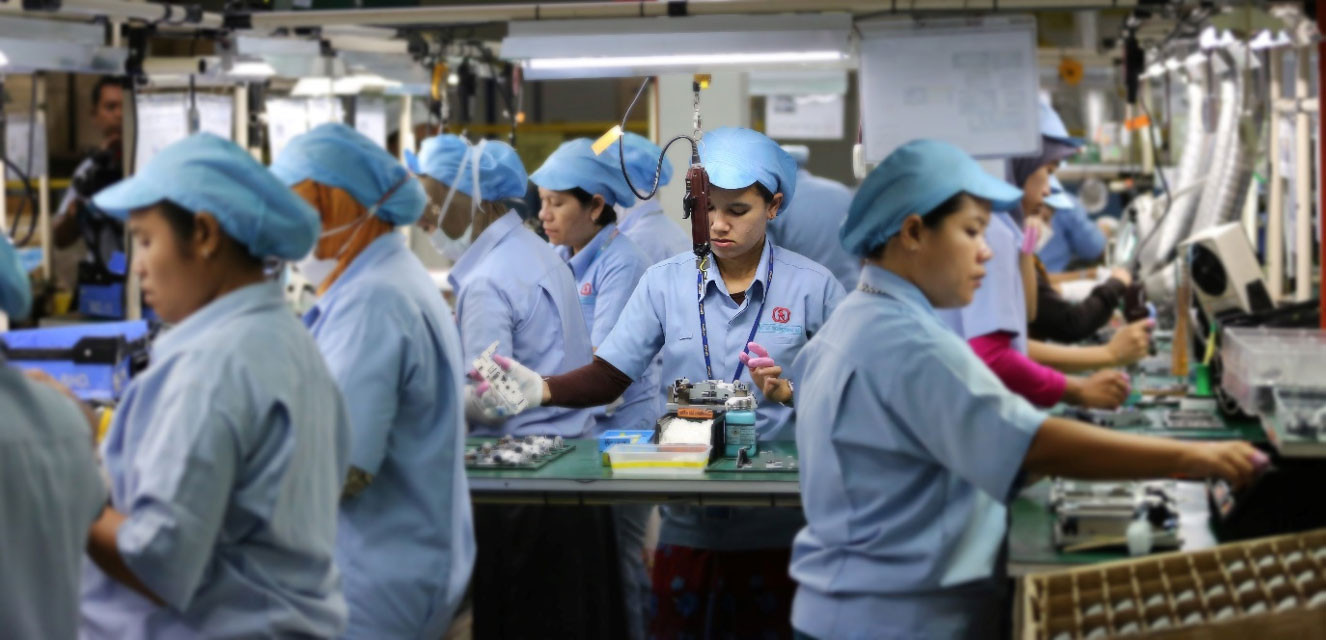Popular Reads
Top Results
Can't find what you're looking for?
View all search resultsPopular Reads
Top Results
Can't find what you're looking for?
View all search resultsMajority of Batam's population of working age
Indonesia still enjoys significant growth compared with other developing nations such as India, Vietnam, Guyana and others.
Change text size
Gift Premium Articles
to Anyone
I
ndonesia still enjoys significant growth compared with other developing nations such as India, Vietnam, Guyana and others. The Human Development Index (HDI) is part of an indicator of how developed a country is, based on three dimensions: life expectancy, gross national income per capita and expected years of education.
Although in 2022, Indonesia ranked lower in this ranking, 114th out of 191 countries according to a UNDP report, with an HDI value of 0.705, it is still considered high by the UNDP. Riau Islands province itself has an HDI of 0.765, one of the highest of all provinces, and Batam, as one of the cities in Riau Islands, has an HDI value of 0.817 according to a Statistics Indonesia (BPS) report.
This number might not seem impressive at first glance, but knowing that it continues to increase from year to year is more impressive than we might think, especially given how small and densely populated this city is. This value also increased by 0.68 percent, or 0.055 from the previous year.
In 2020, BPS data recorded that the population of Batam exceeded 1.2 million people, with 70.3 percent of them being in the working age group (15 - 64 years). This is an advantage for Batam as an investment destination because of the abundant workforce ready to work. On the other hand, Batam has experienced good economic growth, with a 6.08 percent growth rate in 2022, due to the support of the working-age population.
Batam itself has a local workforce of 767,507 people. The majority of Batam's local workforce graduated from high school or vocational school, accounting for approximately 58.19 percent, and about 12 percent of the total population are college graduates, with around 4.14 percent being community college graduates. Most of the population in Batam works in the industrial sector.
The Batam Development Authority (BP Batam), as the administrator of Batam, continues to maintain and improve the quality of its human resources. One way to do this is by collaborating with industry and the education sector to open programs related to the industries in Batam, preparing the workforce and facilitating the transfer of technological knowledge.
Muhamamad Rudi, the Chairman of BP Batam, emphasized the importance of industries investing in Batam cooperating with educational institutions to ensure that local talent can adapt to the current job market, especially in modern technology.










